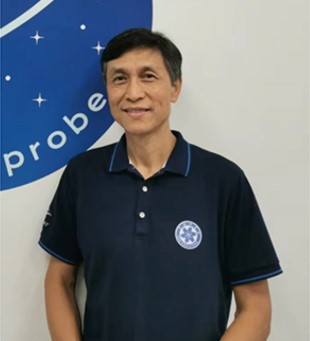2024年11月7日, 周四15:30-17:00
紫金港西区海纳苑8幢324
Science capability and selected early results of the Einstein Probe mission
袁为民(国家天文台)

Abstract:
Launched on January 9th, 2024, the Einstein Probe (EP) is a space X-ray observatory designed to detect mainly high-energy transient and variable sources in the universe. It aims at detecting such sources at unprecedented sensitivity and spatial resolution in the soft X-ray band and performing quick onboard follow-up observations in X-rays. EP carries two instruments, a wide-field X-ray telescope (WXT) to monitor the soft X-ray sky in 0.5-4keV with a 3600 square-degree field-of-view, and a narrow-field follow-up X-ray telescope (FXT) in 0.3-10keV. The WXT is an imaging telescope making use of novel X-ray focusing technology of lobster-eye micro-pore optics. Transient alerts can be downlinked quickly to ground to trigger follow-up observations at multi-wavelengths. Einstein Probe is a project led by the Chinese Academy of Sciences in collaboration with ESA, MPE and CNES. Since launch, the satellite had been in the commissioning phase until July 2024, during which a series tests on the spacecraft and the instruments, and in-orbit calibration are carried out. Since July 2024, EP has started nominal operations. Since the start of the commissioning phase, about 60 bright X-ray transients have been detected and some extensively followed up and studied by the EP science team and by the wider community. This talk will introduce the science capability of mission, and several case studies from the early science results, with emphasis on the transient science.
· Weimin has been working on studies of active galactic nuclei and high-energy transients, as well as building space instruments to observe them.
欢迎老师和同学们参加!



